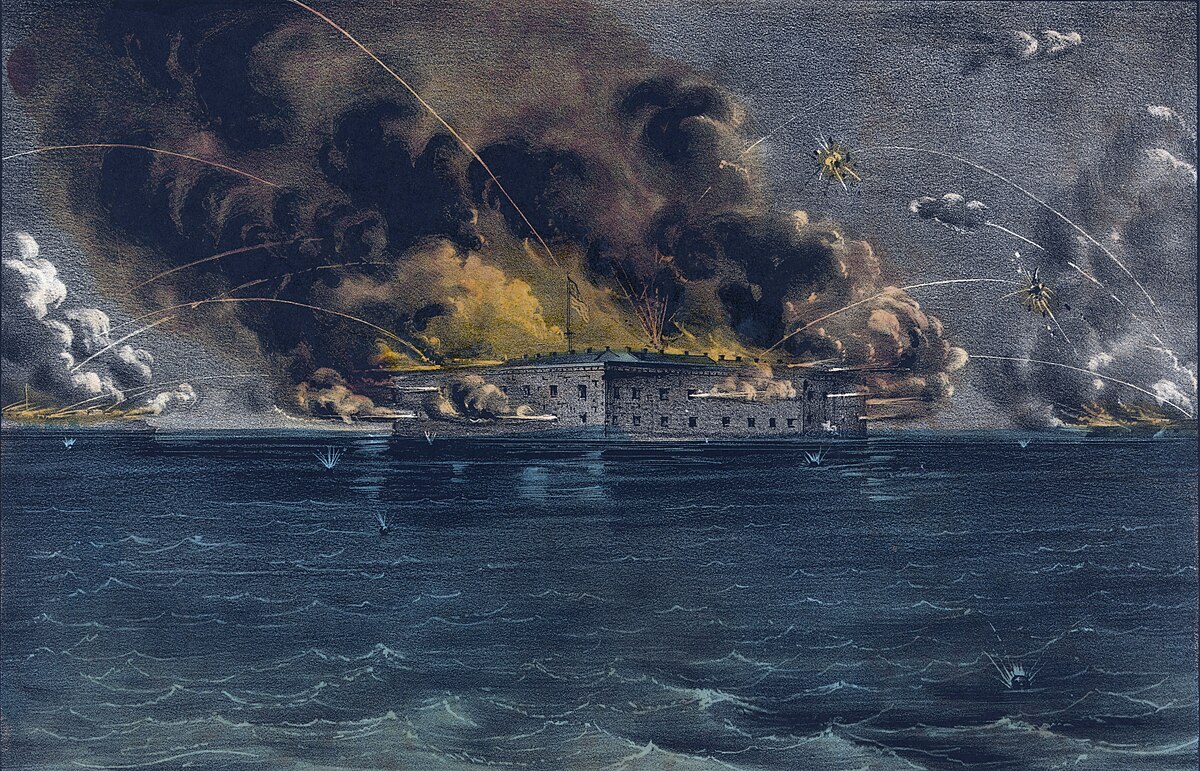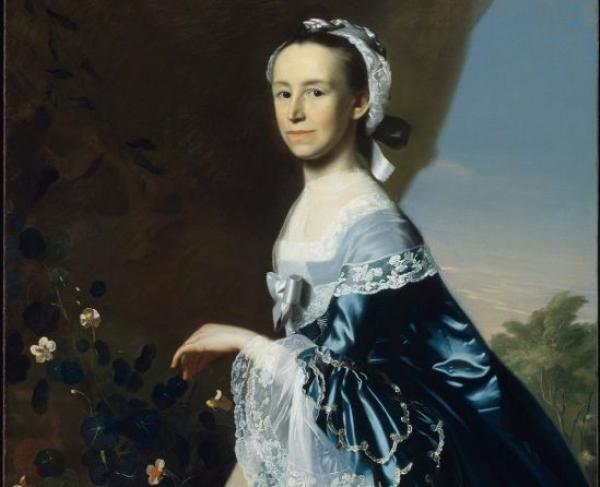Blog #164 – Reconstruction Historiography
As a refresher on historiography, in essence, it’s the history of the history of a topic or time period. Historiography analyzes how history has been written in the past and how different interpretations of events. For instance, historians in the 1850s would look at the events of the American Revolution differently than historians in the 1950s and differently than those living in 2024. Each historian is shaped by their own biases and time period – for instance, if a historian wrote during a time period where there was economic turmoil and depression, those current events might likely shape how that historian views older events. Also, the study of American history before the 1950s had been predominantly a white male enterprise which only focused primarily on political, economic, and diplomatic topics, but since the 1950s and the Civil Rights Movement, more and more female historians and historians of color entered the field who showed a light on peoples’ stories that hadn’t been told before by white male historians. They also expanded the field of history to include social, cultural, and women’s histories. Here is a quote on the importance of historiography:
“Historiography allows us to understand the wide range of historical interpretations and how differing perspectives have shaped the representations of historical fact. It helps us adopt a more critical lens in understanding history as relative, as a subject that has been manipulated by those telling it and reclaimed by those who have participated in it. It encourages to seek out the biases in historical accounts and understand the subjective nature of historical writing.” (citation).
So, the period of Reconstruction is one that had been dominated by a racist view of the leading historians of the time period until the 1950s. Essentially, it was written from a white Southerner point of view, and Reconstruction was seen as a tragic era where Southern whites were the victims of incompetent Blacks and corrupt white Republicans. Early Black historians like William Wells Brown and George Washington Williams writing in the 1870s and 1880s saw the period as tragic because the freedmen had been elevated beyond their previous status without proper preparation: “The government gave him [the freedmen] the statute-book when he ought to have had the spelling book; placed him in the Legislature when he ought to have been in the school-house.” (Williams). They thought that the establishment of public schools in the South was one of the only good things to come out of Reconstruction.
One fictional work that influenced the upcoming Dunning School of Reconstruction (see video below) was the popular novel, The Clansman, by Thomas Dixon in 1905. It was an “unabashed celebration of the Ku Klux Klan” that saved the South from Radical Republicans’ attempt to “Africanize” the South. This novel served as the basis for the hugely popular film, Birth of a Nation, released in 1915 to wide acclaim and massive audiences.
In the old school or William Dunning interpretation, Reconstruction was a miserable failure that blundered in giving freedmen their rights (which they weren’t ready for for a variety of reasons, but usually racist theories about intelligence and human nature), but Andrew Johnson and the Klan were portrayed as the heroes of the era because they tried to ease the country back together painlessly (Johnson) and pushed for restoration of home rule (Klan). Reconstruction governments were filled with scalawags and carpetbaggers who corrupted the states and raised taxes. The true victims here during this period were Southern whites. In this old school, we see a major critique of the federal government’s expansion and exercise of federal power over the states. Behind much of this interpretation is the opinion that was popular at the turn of the 20th Century that white people of Anglo-Saxon (English) or Northern European descent were superior to the rest of the world. We see a lot of this nonsense in the previously mentioned silent blockbuster from 1915, Birth of a Nation and the epic Gone With the Wind in 1939. Part of the reason that this Dunning School of Reconstruction had such a lasting impact was that there was a huge push towards reconciliation in the late 19th Century, and William Dunning’s book on Reconstruction was full of heavily researched details which set the standard for Reconstruction histories going forward.
In the 20th Century, Black historians like W.E.B. DuBois depicted Reconstruction as a tragedy because of its failure to secure civil rights for African Americans throughout the country in his 1935 book, Black Reconstruction (link to the audio book on YouTube here). While he stated that there were minor successes like education for Black Americans, he lamented the violence that racist whites inflicted upon Black Americans – lynching had reached peak numbers in the 1890s, and white society attributed this to inherent Black criminality (but we all know the real story).

Later on in the mid to late 20th Century, under some of the new interpretations, especially the Progressive and Neo-Progressive / New Left historians in the 20th Century, the Dunning interpretation is flipped on its head. Andrew Johnson was a racist who stood in the way of the idealist Radical Republicans who wanted to give freedmen their full and equal rights. The Klan was not the protector of the South but a haphazard terrorist organization that kept blacks from voting and intimidated both whites and blacks in the South. And the Southern state governments, Republican by nature, may or may not have helped out the freedmen. One thing is certain: the governments, from the local (Boss Tweed and Tammany Hall) and state all the way up to the federal level (see the Grant administration) were corrupt. Moral standards were low during this time period and many people (as we’ll see in one of our next units) are in it to make a quick million or two. Here is an extended interview with historian Eric Foner on Reconstruction who wrote the most influential book on Reconstruction in the past 40 years (also one of my favorite living historians).
Please watch the following Crash Course on Black American history to use as additional evidence for your opinions on Reconstruction:
Your job: Briefly discuss the importance of historiography, and explain which historians’ interpretation of Reconstruction you either agree or disagree with the most and why. Use your notes, readings of primary sources and the textbook, articles and videos (Amend, episode 2 among others) to back up your thoughts on this topic.




 One of the very first histories of the American Revolution was written by
One of the very first histories of the American Revolution was written by 


/https://public-media.si-cdn.com/filer/ee/38/ee38f6f4-1e44-4822-a4a3-31f217b79b7d/granger_0016356_highres.jpg)


